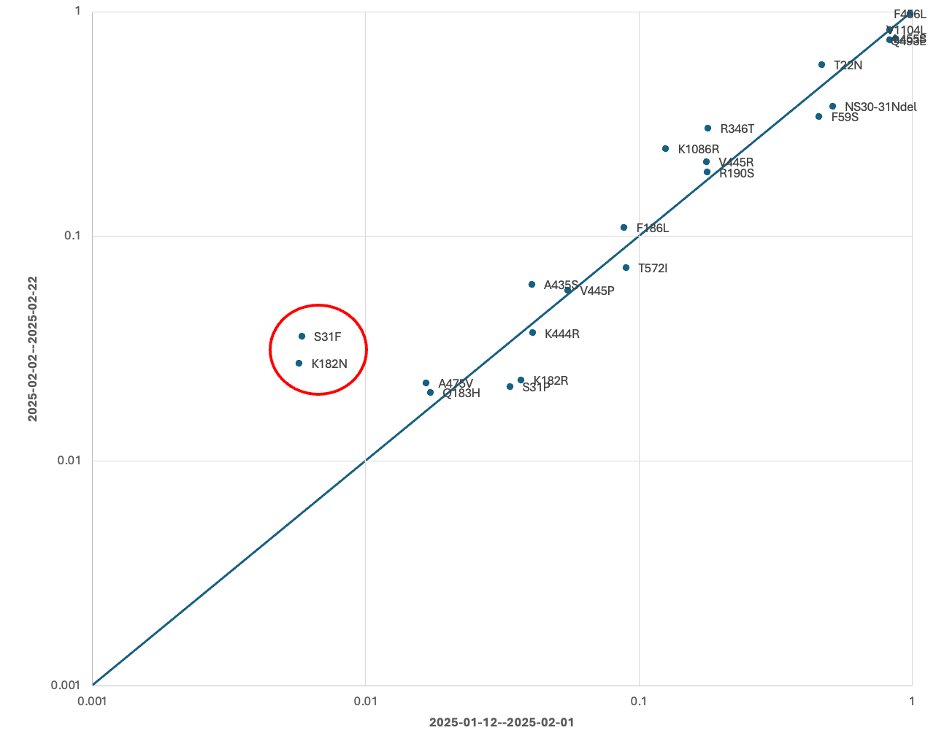What gets me about all these cuts and firings is that they are clearly designed to be maximally disruptive, painful, and disrespectful.
This isn't reality TV. Who treats people this way?
This isn't reality TV. Who treats people this way?
https://twitter.com/RetroAgent12/status/1907084939268645192
• • •
Missing some Tweet in this thread? You can try to
force a refresh
















